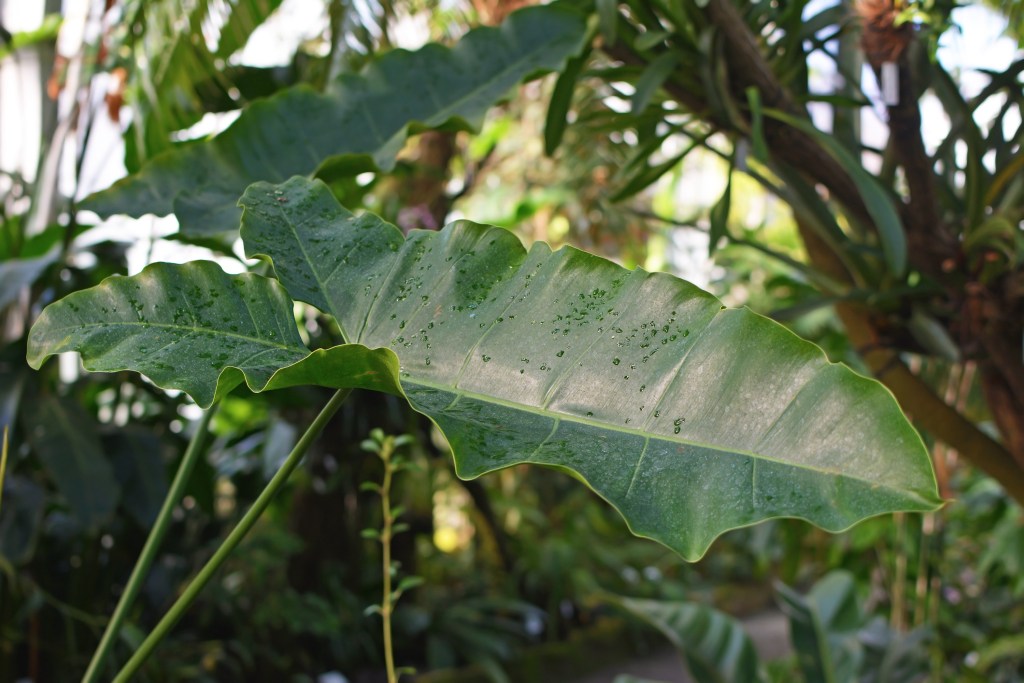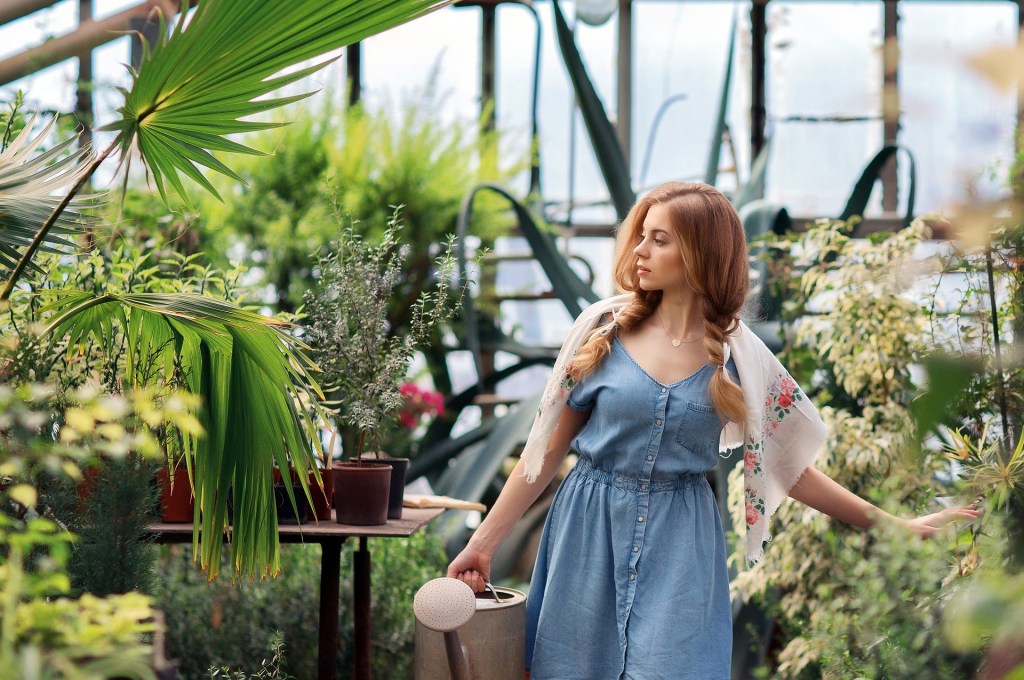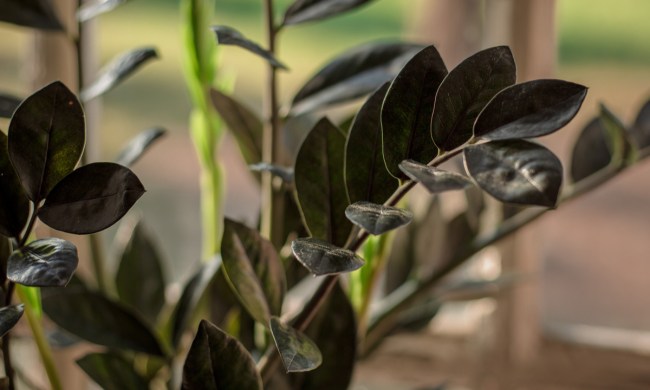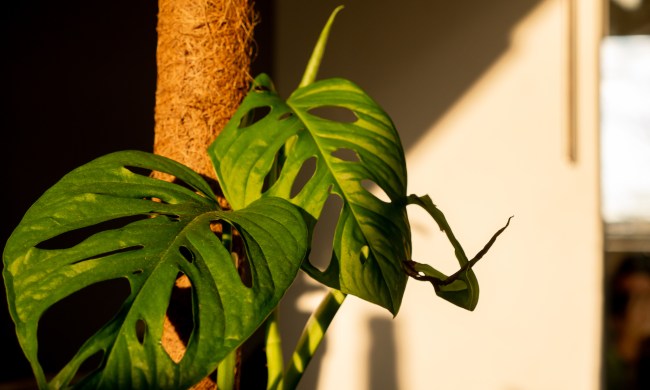It seems that plant lovers often find a niche of plants they love, and they become obsessed with obtaining as many of those types of plants as possible. This usually means there are hoya collectors, aroid fanatics, cactus lovers, and so on. There are plants in every category that most plant lovers are familiar with, but once you start diving deeper into each, you can find some pretty unique and stunning plants. One of those plants you might run into is the thaumatophyllum stenolobum. This plant is huge, green, unique, and sure to be the centerpiece of your plant collection.

What is a Thaumatophyllum stenolobum?
If the first part of this plant’s name intimidates you, you can also call it the philodendron stenolobum. This hard-to-pronounce plant is native to South America. Here the forests are humid and provide the perfect environment for this stunning plant.
The eye-catching feature of this plant is its unique leaves. They’re triangular and have a dark luscious green color. The leaves can grow up to 2 or 3 feet in length and 1 foot wide. Each plant typically grows about eight to 12 leaves and reaches 3 to 5 feet in height. This isn’t a small plant you can fit on the corner of a desk. You’ll have to find quite a big space for these giant plants, but we’re sure you won’t be disappointed if you do.
How to care for a Thaumatophyllum stenolobum
Since this is an aroid plant, certain aspects of its care are a bit more complicated than other common house plants. So here is everything you need to know to ensure this plant is happy and healthy in your home.
Water
Since this plant lives on the forest floor, it likes its soil to stay moist but not soggy. But how do you keep it that way without losing the plant to root rot? We suggest investing in a moisture meter. These devices can accurately test the soil to inform you if the soil is wet, moist, damp, or dry. This way, you’ll be able to judge whether or not the plant needs to be watered or if it’s still good from its last drink. Another critical aspect to ensuring the plant doesn’t suffer from root rot is potting it in a container with a drainage hole. A drainage hole will allow access water to drain out instead of sitting on the bottom and killing your plant.
Light
Best case scenario: this plant prefers bright indirect light. This plant’s natural environment is growing on the forests floor, so it’s used to dappled lighting that the larger trees provide.
Food
Do not feed this plant when the weather is cold. Instead, you’ll only want to feed the thaumatophyllum stenolobum during the growing seasons of spring and summer.
Temperature
The average temperature of our homes is about 65 to 80 degrees; this is suitable for the thaumatophyllum stenolobum. But do not put this plant near a heating vent or any drafty doors or windows. The extreme and rapid change in temperature that goes along with these areas will damage if not kill this plant.

Humidity
The thaumatophyllum stenolobum is a part of the aroid family. Most aroids are fussy about their humidity levels, however, this one is not. Although they would appreciate a humidity level of 50 percent or even 60, they’ll live happily in a home that only provides 40 to 45 percent.
Toxicity
If this stunning plant is ingested, it is toxic to humans, cats, and dogs. So if you have kids or animals in the house that might take a taste, you’ll want to put it in a room where they do not go or avoid this plant altogether. It’s recommended that you also wear gloves when dealing with these plants to protect your hands from the irritating oils within the plant.
Common issues
Root rot is one of the most common issues with the thaumatophyllum stenolobum. This is because they require their soil to be so moist all the time. To avoid this, maybe err on the side of drier when it comes to judging if you need to water this plant or invest in a moisture meter to accurately read the dampness of your soil.
Now you can purchase a massive version of this plant and be confident that you know how to care for it. Sometimes we avoid buying the bigger or more expensive plants in fear of accidentally killing them. You no longer have to worry about knowing what to do with a thaumatophyllum stenolobum; you’re ready to grow this plant in your home successfully!


